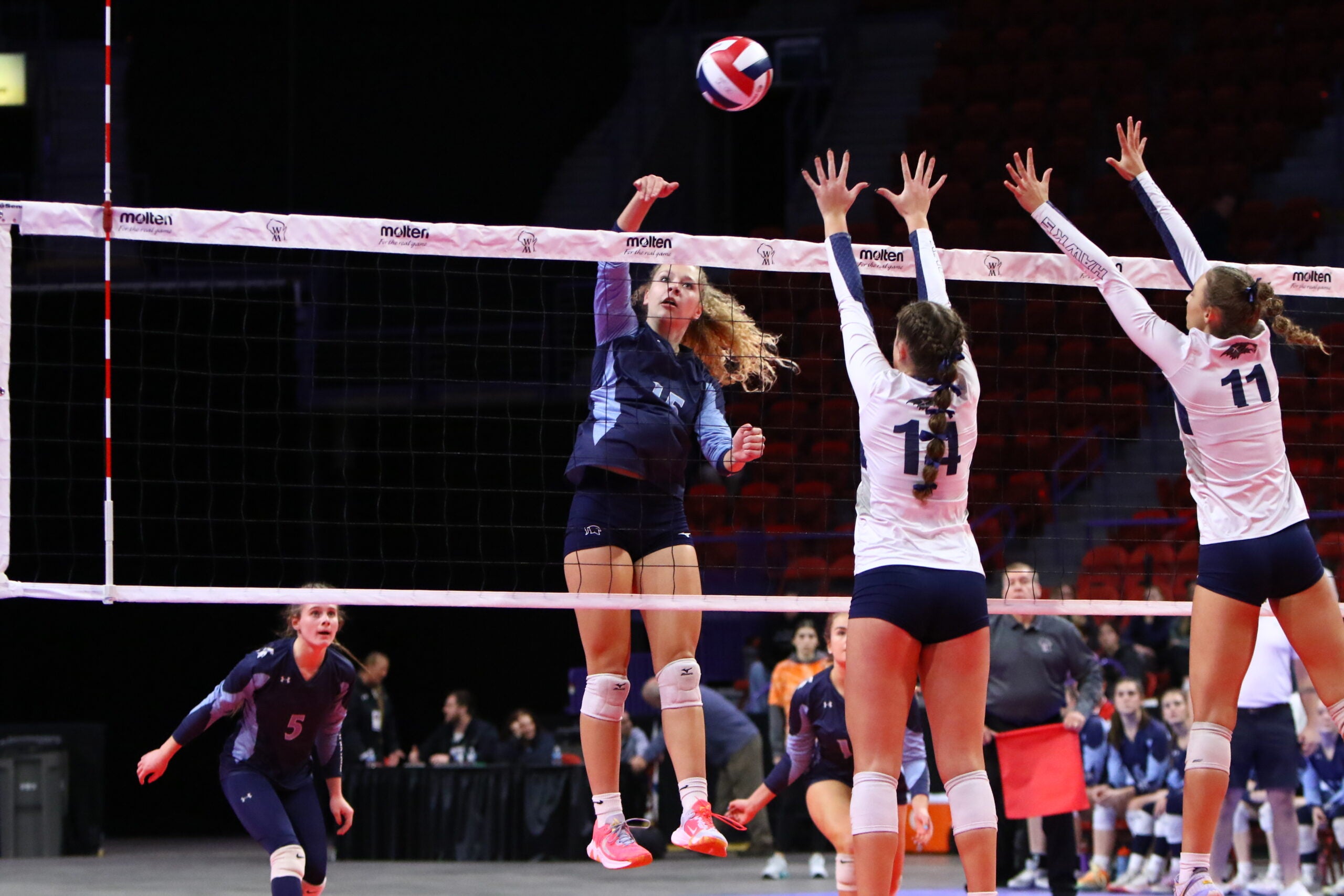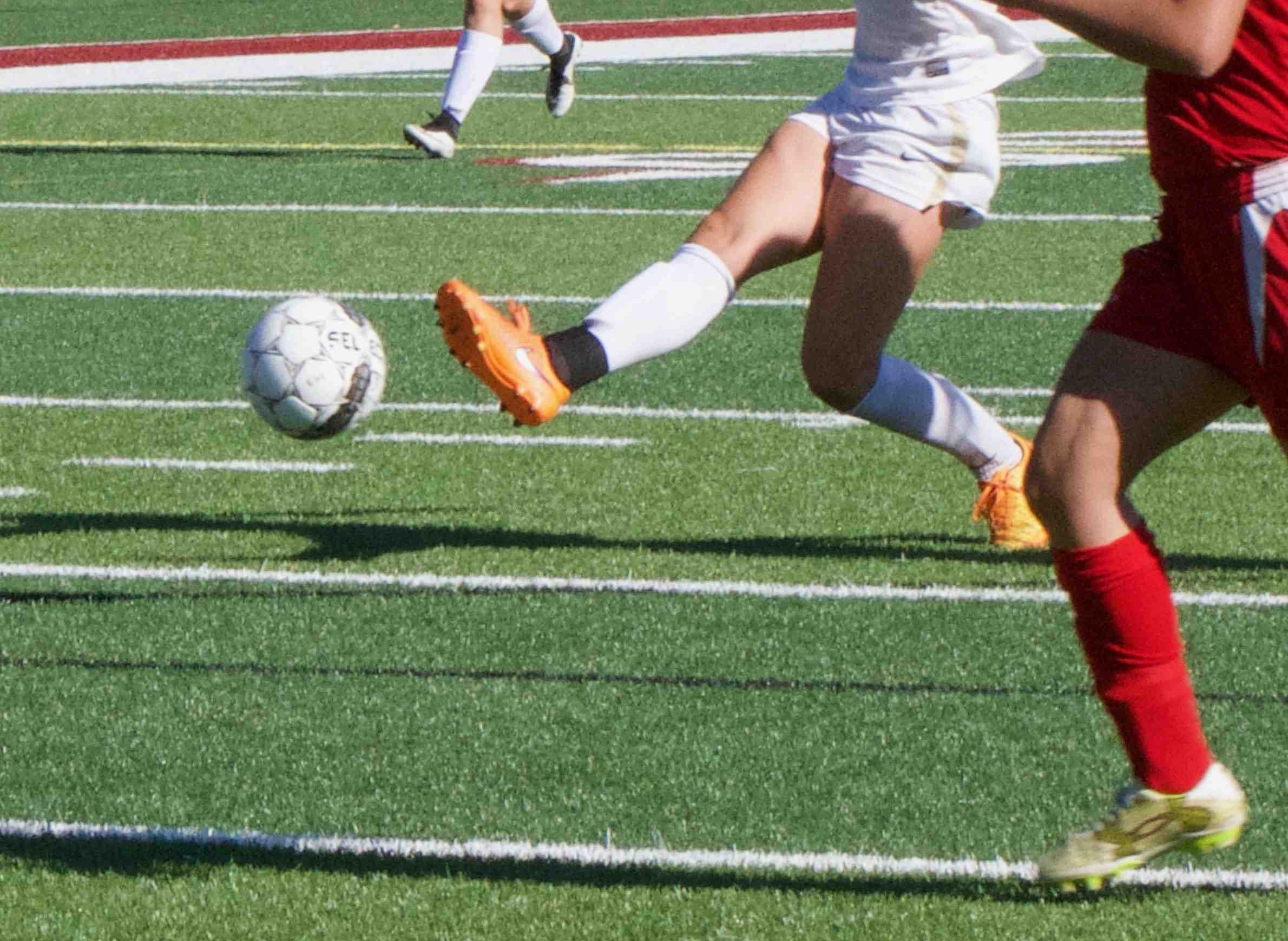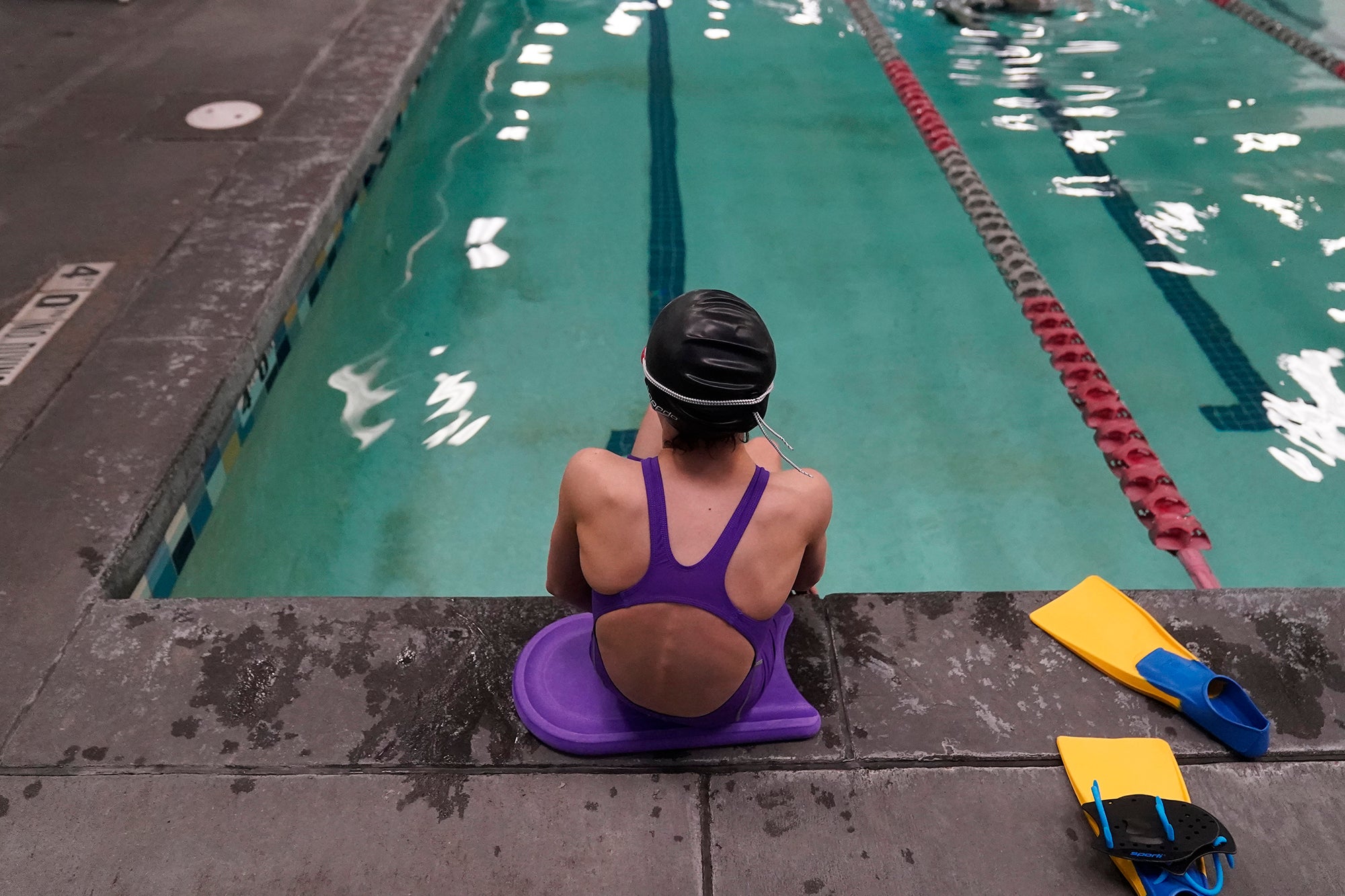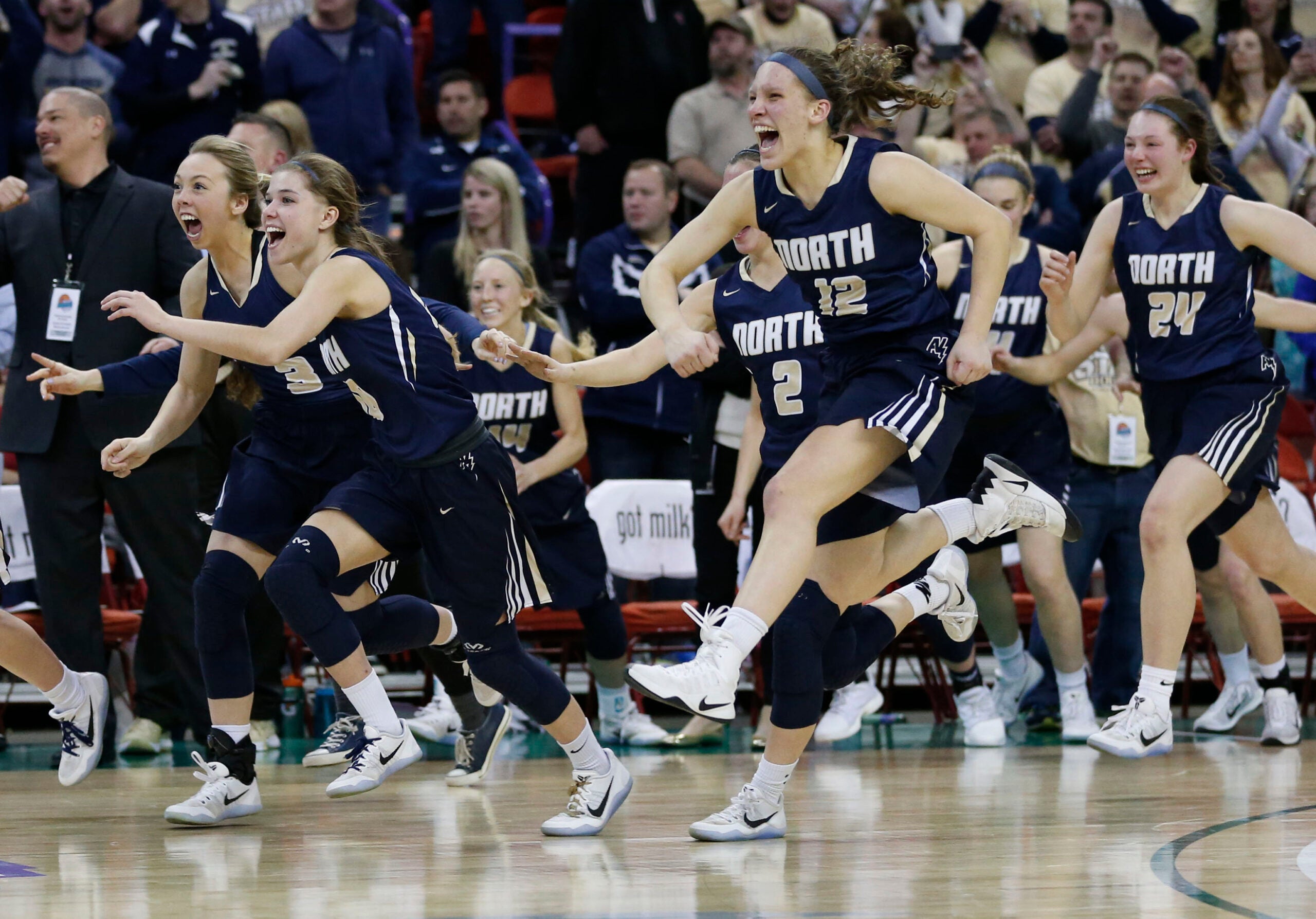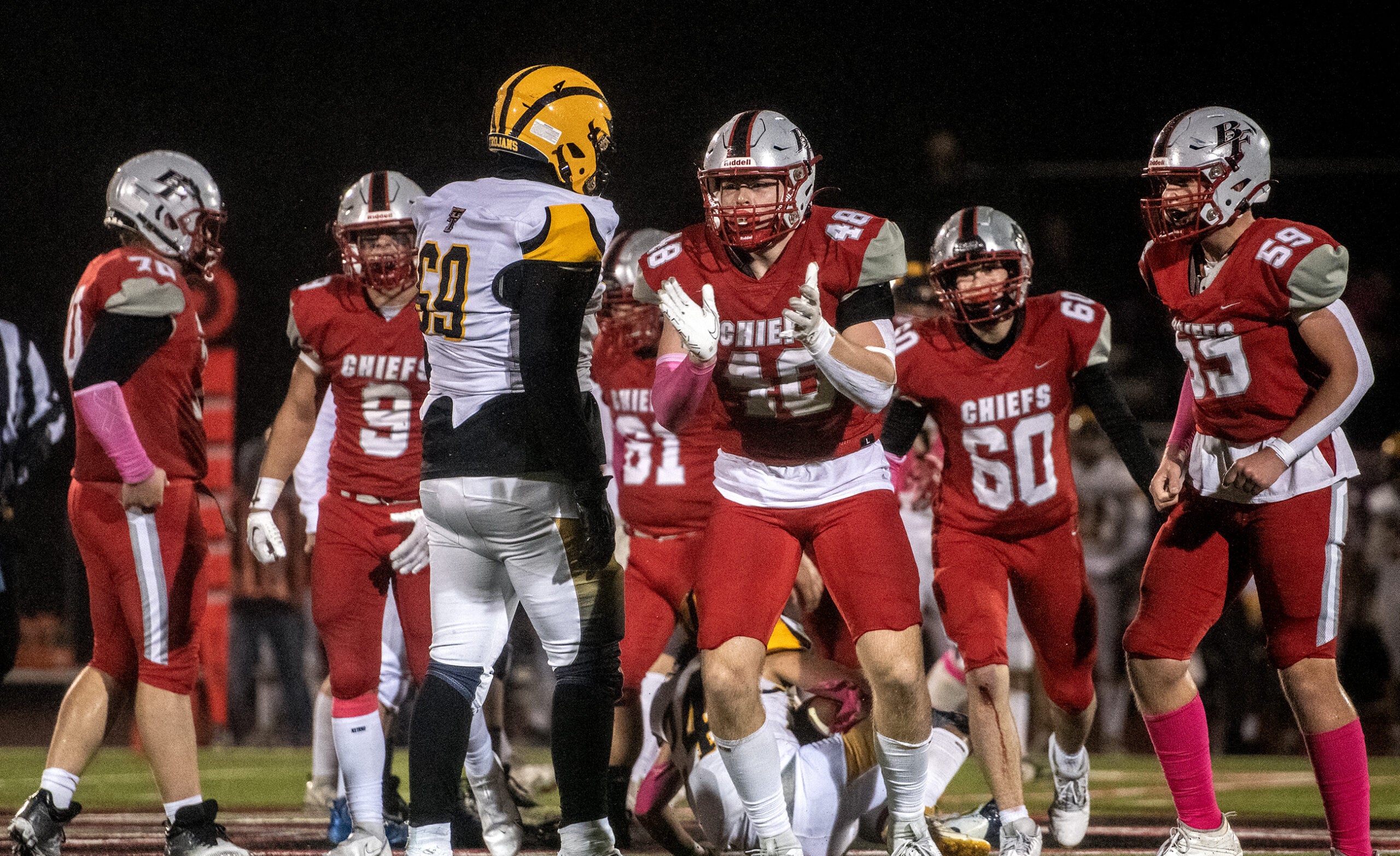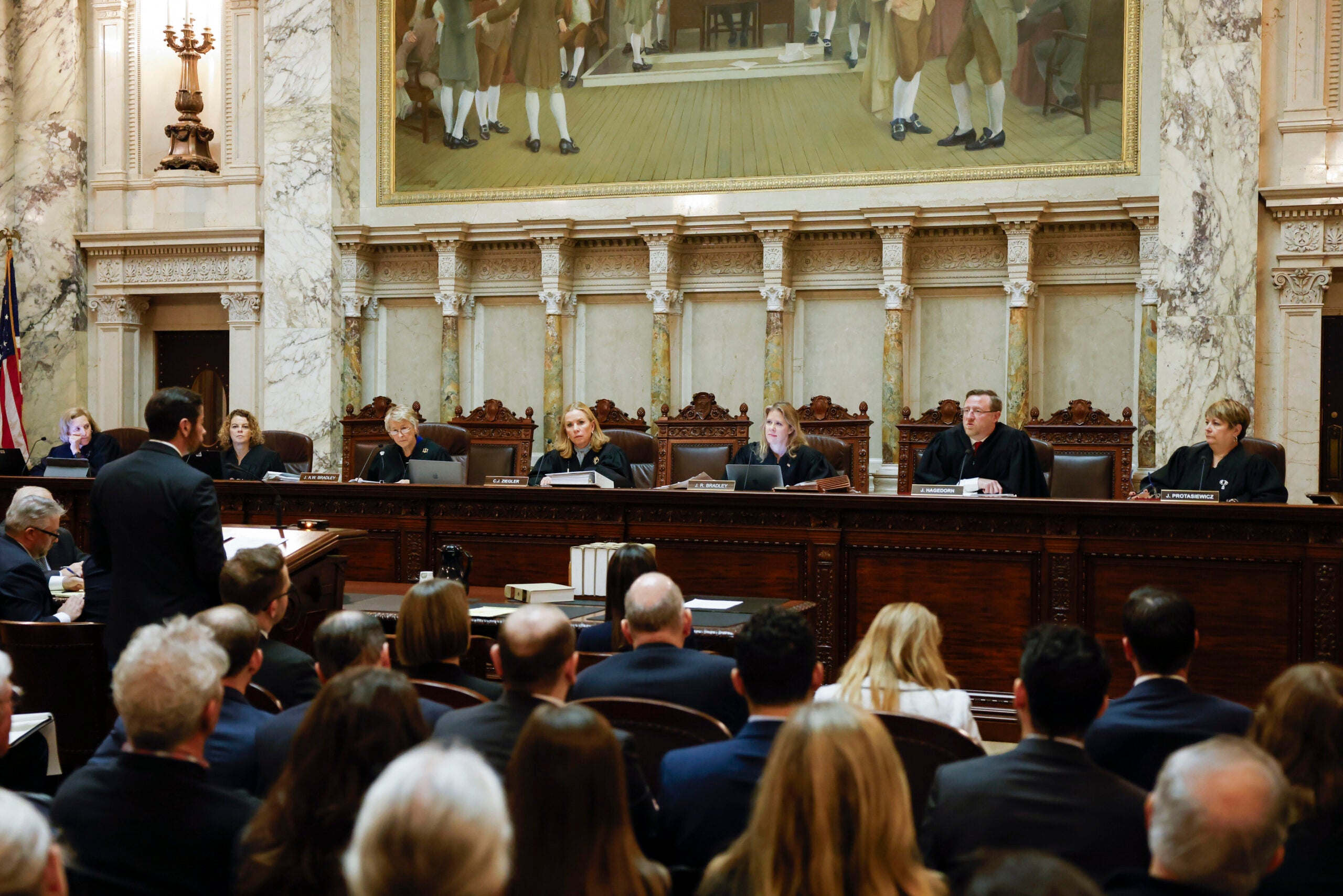The state tournament for high school girls volleyball is expanding to five divisions as organizers report growing participation in the sport.
The Wisconsin Interscholastic Athletic Association’s leadership committee approved the expansion during its January meeting. The committee also adopted a policy to start the state tournament a day earlier and teams wear contrasting colors unless the schools do not have uniforms of contrasting colors.
Stephanie Hauser, executive director of the WIAA, recently appeared on WPR’s “The Morning Show” to discuss the new rules for high school volleyball tournaments, which take place in November. Hauser also talked about a new student leadership group, shortages of referees and the growth of girls’ participation in wrestling.
News with a little more humanity
WPR’s “Wisconsin Today” newsletter keeps you connected to the state you love without feeling overwhelmed. No paywall. No agenda. No corporate filter.
The following has been edited for clarity and brevity.
Kate Archer Kent: Why does girls volleyball need five divisions when boys volleyball has one?
Stephanie Hauser: Right now, girls volleyball has about 430 teams across the state whereas the boys have about 66 teams in the state. … We are excited about both, because there’s been growth in both sports.
Boys volleyball is going up over 66 teams this next fall, and that’s increased by about 10 teams over the past several years. Growth is good on both ends.
KAK: How does the association decide which schools belong in which divisions for volleyball?
SH: That is by and large determined by school enrollment. That has been a means of determining divisional placement for basically for the entire history of the WIAA. There are some other factors that can be included in that — your performance in recent tournament history — but by and large it starts with the enrollment of the high school.
The girls volleyball has five divisions. The largest 112 schools in the state will be in Division I. Then Divisions II, III, IV and V will be divided equally with about 80 schools in each of the respective divisions.
New student leadership group
KAK: The association’s Board of Control approved plans for a new student leadership group. How will this group influence high school sports?
SH: We can’t wait to see what the impact will be. One of our executive staff members, LaVar Ridgeway, has worked over the past almost two years with our membership — gaining feedback from our athletic directors, principals and superintendents — to ask them, “How can the addition of a statewide student leadership group help you and your school to do more and have more impact?”
Coincidentally, the National Federation of State High School Associations launched a student leadership committee at the national level. We really feel like that student voice is powerful. We can gain a lot of feedback from the students, and in turn, we believe we can offer better opportunities for the students because of the feedback they’re providing.
We plan right now to involve these students at the state level. Give them some roles and responsibilities at our state championships, thereby exposing them to multiple athletic, administrative and related careers — sports, marketing, statistics, communications and the media.
KAK: How are students picked to be in this role?
SH: It will be an application, and an interview process will involve members of the board. As you mentioned, some of our executive staff will be involved. Then, because this is the very first launch of it, we won’t have students as part of the selection process. In the future, we plan to have members of the council themselves be part of that interview team to select students. It’ll consist of juniors and seniors. They’ll have a two-year term on the council.
Our hope is to have that application ready (in March). We will be selecting a representative council from across the seven WIAA districts.
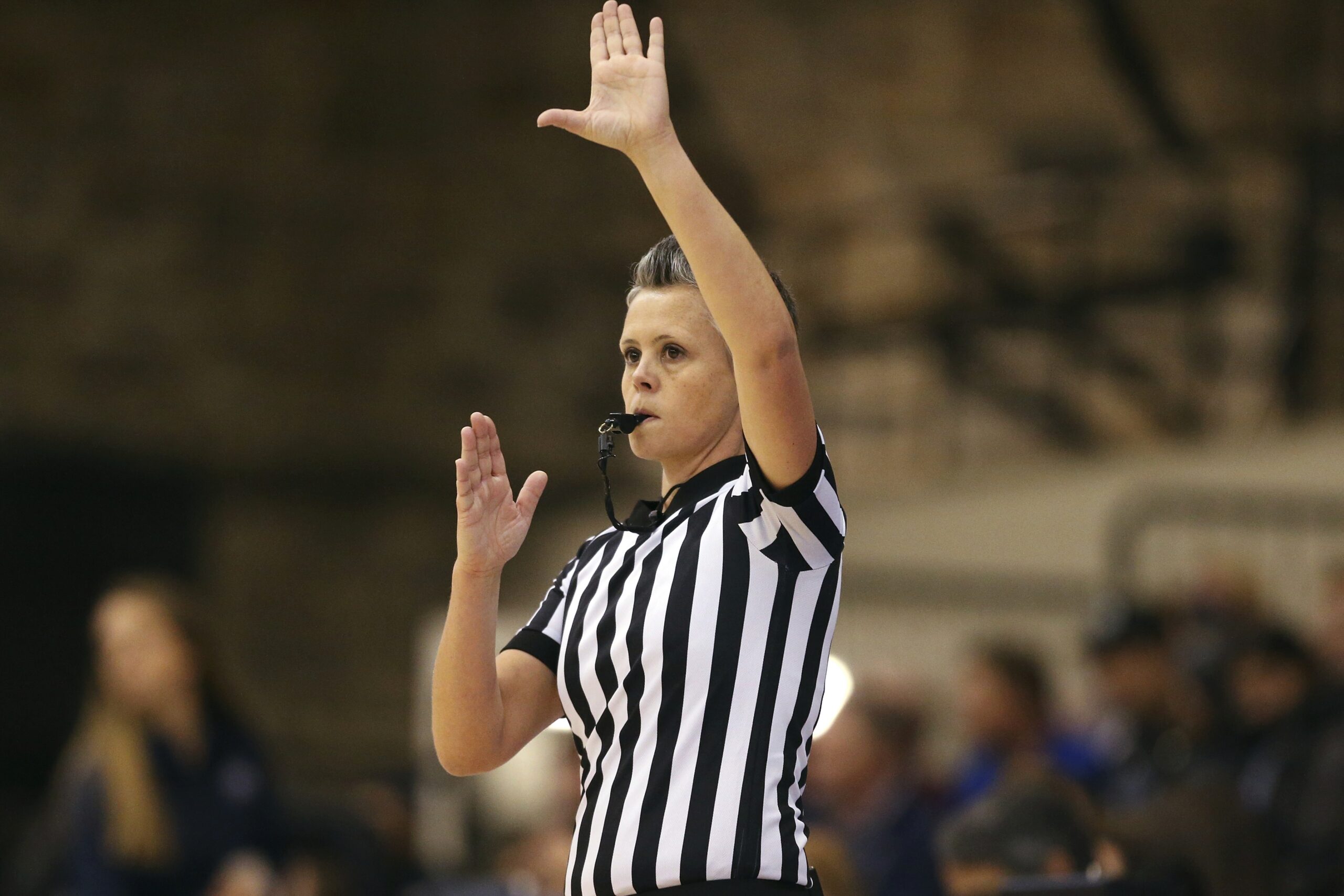
KAK: The association’s Board of Control recently discussed ongoing efforts to recruit and retain licensed referees. How is your group trying to address ref shortages?
SH: We have a goal of 10,000 licensed officials, and we’re at that. But let’s also be realistic. We were already in a shortage situation prior to the pandemic. We’re still there.
I think the biggest piece that’s changed that is very encouraging to us is we are now seeing efforts by everyone. They embrace that this is all of our challenges, not just the WIAA. We can’t do it alone. We need schools. We need officials associations. We need conferences. We need adults, coaches and fans in the stands. We need everyone on board to help us not only recruit new officials but to keep the ones we already have and to retain those. So, it is a continued challenge.
We have so many high schools now that are offering courses to their high school students to get licensed. Our number of licensed high school students is over 1,200, and that is very encouraging about the future and what’s to come.
Popularity of wrestling
KAK: The state tournament for girls and boys wrestling is set for Feb. 22-24 in Madison. You say the number of girls participating in high school wrestling is rapidly growing. What is driving this growth?
SH: The WIAA sanctioned the sport of girls wrestling three seasons ago, and now our associate director, Mel Dow, leads and oversees that sport. He has a true passion for that sport. He is working very closely with a small committee of people, who are focused very closely on the sport of girls wrestling, specifically doing everything they can to increase the numbers.
We’ve gone from just over 450 in year one … to over 1,200 girls wrestling in high school in our state. It is very exciting. Starting last year, the girls were featured at the state championship at the Kohl Center alongside the boys, so that growth is very exciting. We also are seeing some growth in the boys numbers.
Wisconsin Public Radio, © Copyright 2025, Board of Regents of the University of Wisconsin System and Wisconsin Educational Communications Board.

